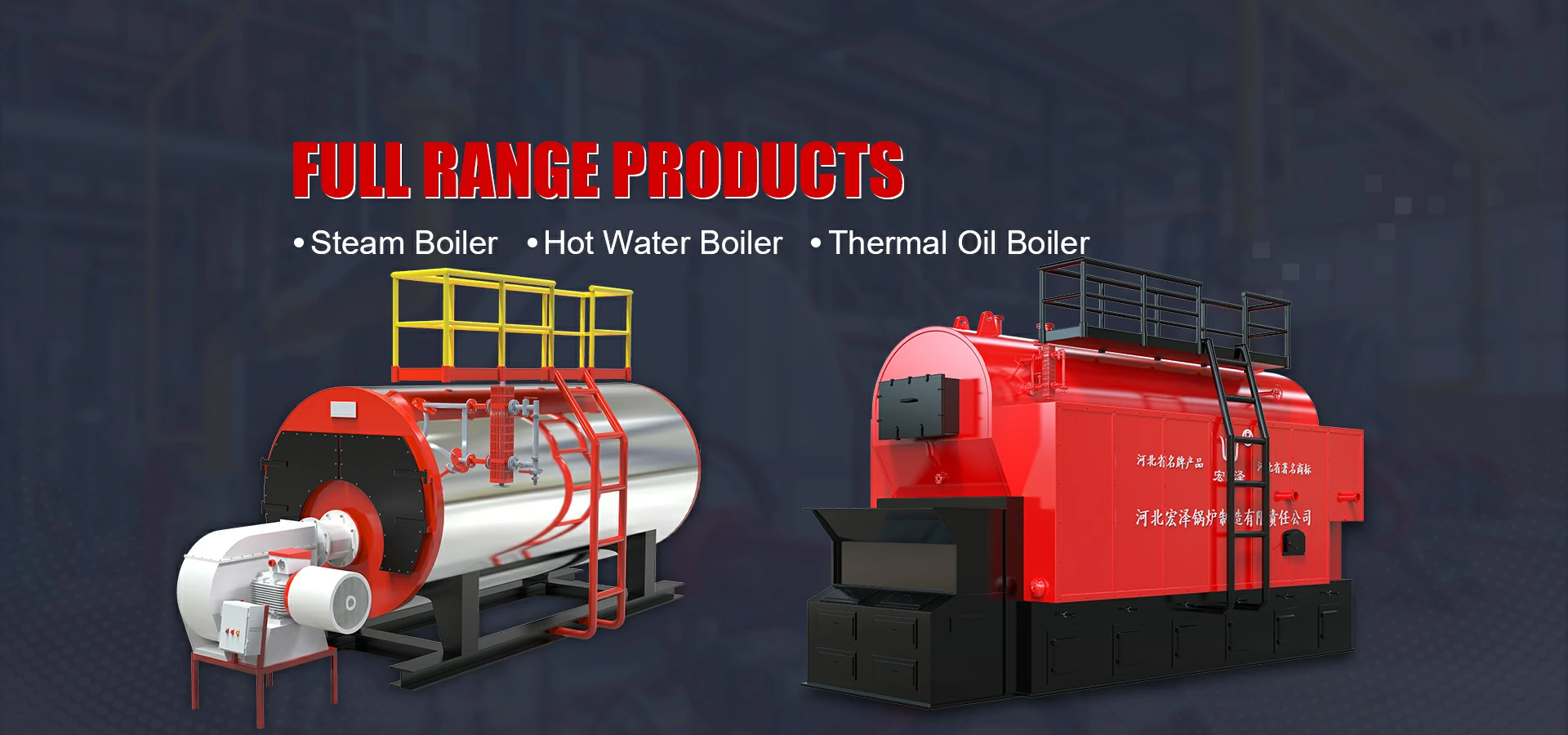
Dec . 30, 2024 08:14 Back to list
steam engine boiler design
Steam Engine Boiler Design An Overview
The steam engine, a pivotal invention of the Industrial Revolution, fundamentally transformed industries and transportation. At the heart of this innovative machinery lies the boiler, which plays a critical role in generating the steam that drives the engine. Understanding boiler design is essential for optimizing performance, efficiency, and safety in steam engines.
Historical Context
The development of the steam engine dates back to the early 18th century, with significant contributions from pioneers like Thomas Newcomen and James Watt. Early designs featured simple boilers made from wrought iron or copper, which were prone to leaks and explosions. Over time, advancements in metallurgy and engineering techniques led to the development of more robust and efficient boiler designs.
Boiler Types
There are several types of boilers used in steam engines, each with its specific design features and applications. The two most common types are fire-tube and water-tube boilers.
1. Fire-Tube Boilers In this design, hot gases produced by burning fuel pass through tubes that are surrounded by water. The heat transfers to the water, producing steam. Fire-tube boilers are traditionally simpler and easier to maintain, making them suitable for applications where high steam volume and pressure are not crucial.
2. Water-Tube Boilers In contrast, water-tube boilers have water-filled tubes surrounded by hot combustion gases. This design allows for higher capacities and pressures, making water-tube boilers ideal for power generation and large industrial processes. They are generally more efficient and can handle larger temperature gradients.
Key Design Considerations
When designing a steam engine boiler, several key factors must be considered to ensure safety and efficiency
steam engine boiler design

1. Material Selection The materials used in boiler construction greatly influence its durability, thermal conductivity, and resistance to corrosion. Commonly used materials include carbon steel, alloy steels, and, in some cases, stainless steel for high-heat applications.
2. Pressure and Temperature Ratings Boilers must be designed to operate at specific pressure and temperature ratings. Engineers must account for potential surges in pressure and temperature during operation, incorporating safety factors into their designs to prevent catastrophic failures.
3. Heat Transfer Efficiency Effective heat transfer is critical for maximizing steam production while minimizing fuel consumption. Design features such as tube arrangement, surface area optimization, and insulation are essential considerations for enhancing thermal efficiency.
4. Safety Features Given the potential hazards associated with high-pressure steam, designers must integrate safety devices like pressure relief valves, water level indicators, and automatic shut-off mechanisms into boiler designs. These features help prevent overload conditions and ensure safe operation.
5. Maintenance and Accessibility A well-designed boiler should facilitate easy maintenance and inspection. Features such as clean-out doors, manholes, and removable panels can significantly reduce downtime during routine maintenance.
Modern Innovations
Modern steam engine boilers have benefited from technological advancements, including computer modeling and simulation, which allow engineers to predict and optimize boiler performance before physical construction. Innovations such as advanced materials, improved combustion systems, and automated monitoring systems further enhance efficiency and safety in steam production.
Conclusion
The design of steam engine boilers is a crucial aspect of ensuring the efficient and safe operation of steam engines. Understanding the different types of boilers, key design considerations, and modern innovations can provide valuable insights into the continued evolution of this essential component of industrial machinery. As we move towards more sustainable energy solutions, the principles of boiler design will undoubtedly play a significant role in shaping the future of steam power and industrial applications.
-
Efficient Biomass Fired Hot Water Boiler | AI Heating Solution
NewsAug.01,2025
-
High-Efficiency Gas Thermal Oil Boilers | HPT Models
NewsJul.31,2025
-
Oil Fired Hot Water Boilers Sale - High Efficiency & Affordable
NewsJul.31,2025
-
High-Efficiency Commercial Oil Fired Steam Boiler for Industry
NewsJul.30,2025
-
High-Efficiency Biomass Fired Thermal Oil Boiler Solutions
NewsJul.30,2025
-
High Efficiency Gas Fired Thermal Oil Boiler for Industrial Heating
NewsJul.29,2025
Related PRODUCTS






















